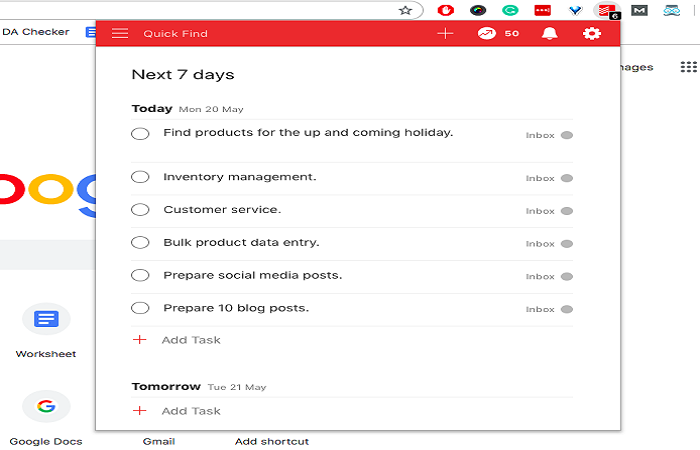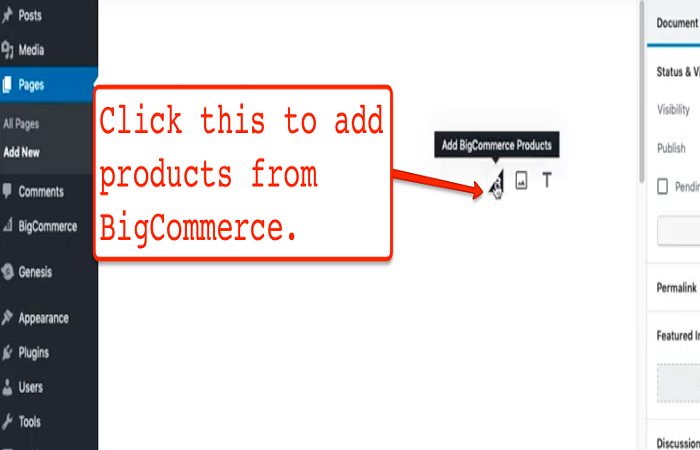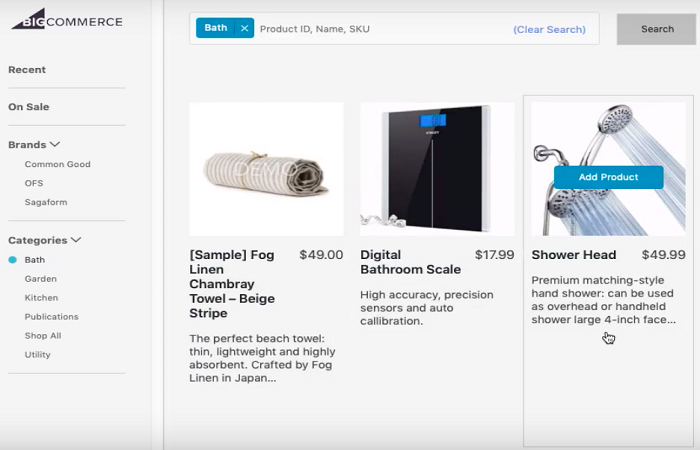E-commerce Productivity Tips: When it comes to running an e-commerce store, you need to have a productivity-enhancing strategy in place. Otherwise, you’ll be overwhelmed by the seemingly unending list of tasks that you need to finish.
In this guide, we’re going to cover just that — tried and tested e-commerce productivity tips that can help you with managing your e-commerce business.
We’re going to talk about some of the action steps that you can use so you’ll manage to get more things done in a shorter span of time.
If that’s something you’re interested in, then continue reading.
Table of Contents
E-commerce Productivity Tips That Will Boost Your Revenue
#1. Outsource
There are a lot of benefits to be had from outsourcing.
Not only will you be able to skyrocket your productivity, but you can even free up a good bit of your time and be able to focus on other types of work.
Let’s say you’re in the process of creating a new e-commerce website and you still don’t have a logo designed.
Instead of you having to conceptualize your logo design from scratch, you can work with the best online logo makers so they can share with you several logo design concepts/ideas that you can choose from.
At that point, your task would only be to choose from the carefully-designed and thought-of logos that the logo makers shared.
Once you’ve selected a logo concept, they’d then be able to move the task further down into completion since they will design the logo themselves.
With that, you’d have saved a good bit of your time since you wouldn’t have to spend countless hours (even days) mulling over how your logo should look.
#2. Experiment With Temptation Bundling
Here’s the thing: Despite how committed you are at running a successful e-commerce store, there are going to be tasks that you’ll hate doing.
Some just dread the thought of having to research their audience. For others, it’s liaising with suppliers. Writing compelling copy is another strong candidate that e-commerce website owners just feel awful about.
Despite how much you might hate these tasks, however, they are non-negotiables to someone who’s running an e-commerce business. Without them, your online store is going to be crippled, or worse, will straight up crumble.
And so the question becomes, how do you bring yourself to do the tasks that you dread thinking about? Temptation Bundling… That’s the answer. Here’s a definition from Katherine L. Milkman…
Temptation bundling involves the coupling of instantly gratifying “want” activities (e.g., watching the next episode of a habit-forming television show, checking Facebook, receiving a pedicure, eating an indulgent meal) with engagement in a “should” behavior that provides long-term benefits but requires the exertion of willpower (e.g., exercising at the gym, completing a paper review, spending time with a difficult relative). — Milkman et al. 2013
If you put this strategy into action, you can:
- Eat your favorite pizza while scrolling through hundreds of products in AliExpress, sourcing your products.
- Listen to your favorite podcast channel while clicking around Facebook’s Audience Insight tool as you do your audience research.
If you follow this tip, you’ll be able to get things done — even if you dread the tasks. As you manage to finish your tasks bit by bit, you’ll be able to gain momentum and find yourself achieving more every day.
#3. Set Goals and Maintain a To-Do List
To improve your productivity, you need to track your activities to make sure you’re seeing improvement on the number (and quality) of tasks you’re completing.
Having a to-do list can help you with just that. Not only is keeping one perfect when it comes to helping you track your productivity and giving you clarity on what your day-to-day tasks are, but it can also help you with trimming down your tasks.
Let’s face it: While there are countless tasks you can do as the owner of an e-commerce business, there are tasks that you are better off not doing. I’m talking about the menial ones. And the ones with the least long-term impact in your business.
Running a regular SEO audit on your site, for example, is a non-negotiable for your e-commerce business. After all, if your SEO is done right, you’d be able to bring in thousands of traffic to your site.
However, when you compare that with things like publishing a social media post on Facebook about your thoughts on e-commerce, then the former far outweighs the latter in impact and value to your e-commerce store.
When you’ve listed your to-dos for the day, you’d be able to see the tasks you listed and remove those that you shouldn’t be working on. Here’s an example list of to-dos that I created using Todoist, a Chrome browser extension.

With this, you get a clear view of what your tasks are. What’s more, it’s very easy to add tasks, move them around, assign priorities, etc. The tool has a myriad of features, but it doesn’t have any sort of overwhelming feel to it.
#4. Follow the Pareto Principle
Have you ever heard of the 80/20 rule? That’s what the Pareto principle is. In essence, it basically tells us that about 80% of the effects of something, is produced by 20% of the cause (or the effort).
When applied to your e-commerce store, it can mean that 80% of your sales are driven by 20% of your marketing efforts. Your job is to find out what that 20% of your marketing effort is, so you can optimize it further and get even more sales while doing less work.
The Pareto principle might also suggest that 80% of your best products are uncovered through 20% of the product research strategies you use. With that scenario, your goal is to find out what that 20% represents, so you can replicate, optimize further, and double down on it. That way, you can uncover more winning products while being laser-focused on the task you’re doing.
With how the Pareto principle works, you’re best off focusing on just 20% of your tasks while achieving even better results. When you compare that to aimlessly wandering about, doing whatever you can and whenever you can — while producing less — you can see the productivity benefits of using the Pareto principle.
#5. Install E-commerce Plugins
If you’re thinking of hard coding e-commerce functionalities to your WordPress website from scratch, then you’d better think again.
Not only will that take days to accomplish (even months, perhaps, depending on the number of people working on your site), but it’s also expensive — really expensive.
Depending on the functionalities that you’d like your online store to have, you might need tens of thousands of dollars to get that done. So, instead of hardcoding the e-commerce functionalities from scratch, why not choose a different route instead?
Why not choose from one of the best website builders that’s available online — like WordPress — and install the right plugins to turn it into a full-fledged e-commerce site. The good news is, there are countless WordPress e-commerce plugins that you can install as a WordPress website owner.
Let’s use the BigCommerce plugin, for example. Once it’s all configured, if you’d like to add a product listings to a page on your site, you just need to click the “Add BigCommerce Product” button.

A pop-up will then appear while you’re still in your WordPress page editor, which will enable you to start searching for products in BigCommerce.

So you can check for new products and updates regularly, the platform even has a Product Sync feature.
With e-commerce plugins like BigCommerce, you’ll be able to save truckloads of time. Since you won’t have to do any manual product integrations and updates.
What’s Next?
What are some of the best e-commerce productivity tips you can share with the readers? If you have strategies or techniques that you can share, please add them in the comments section below.

